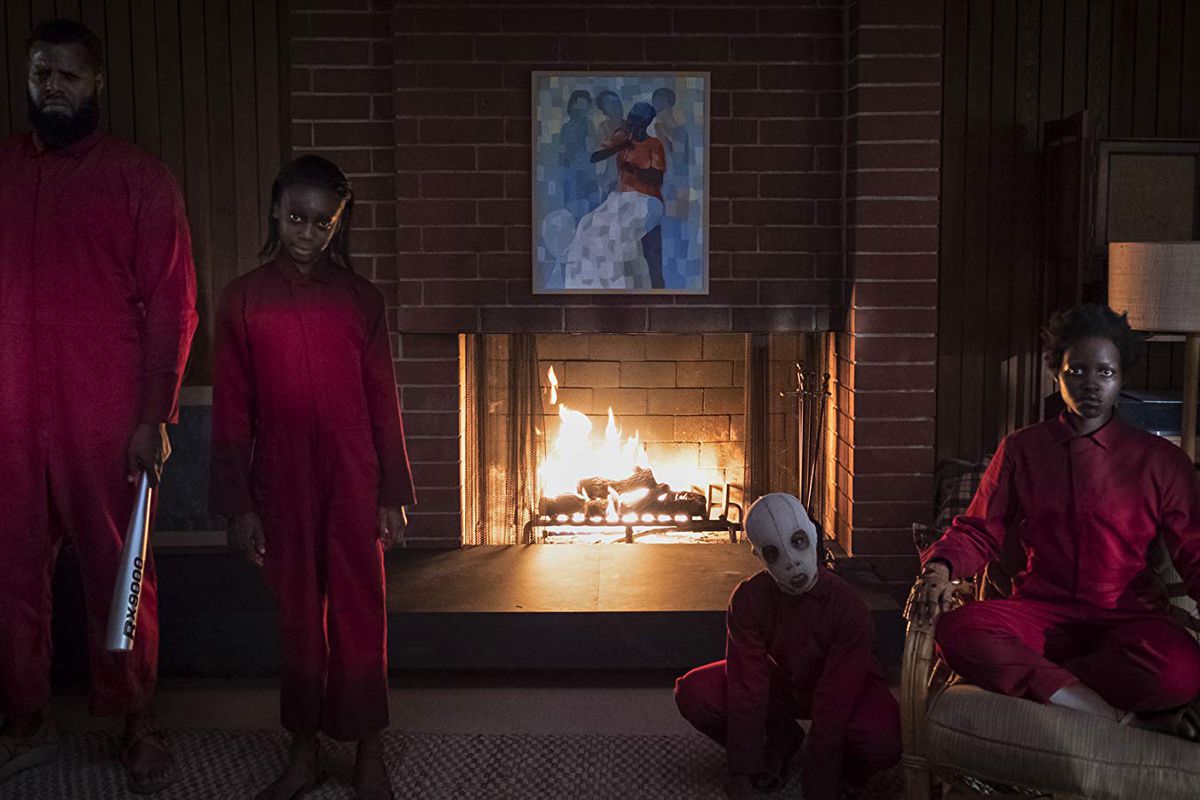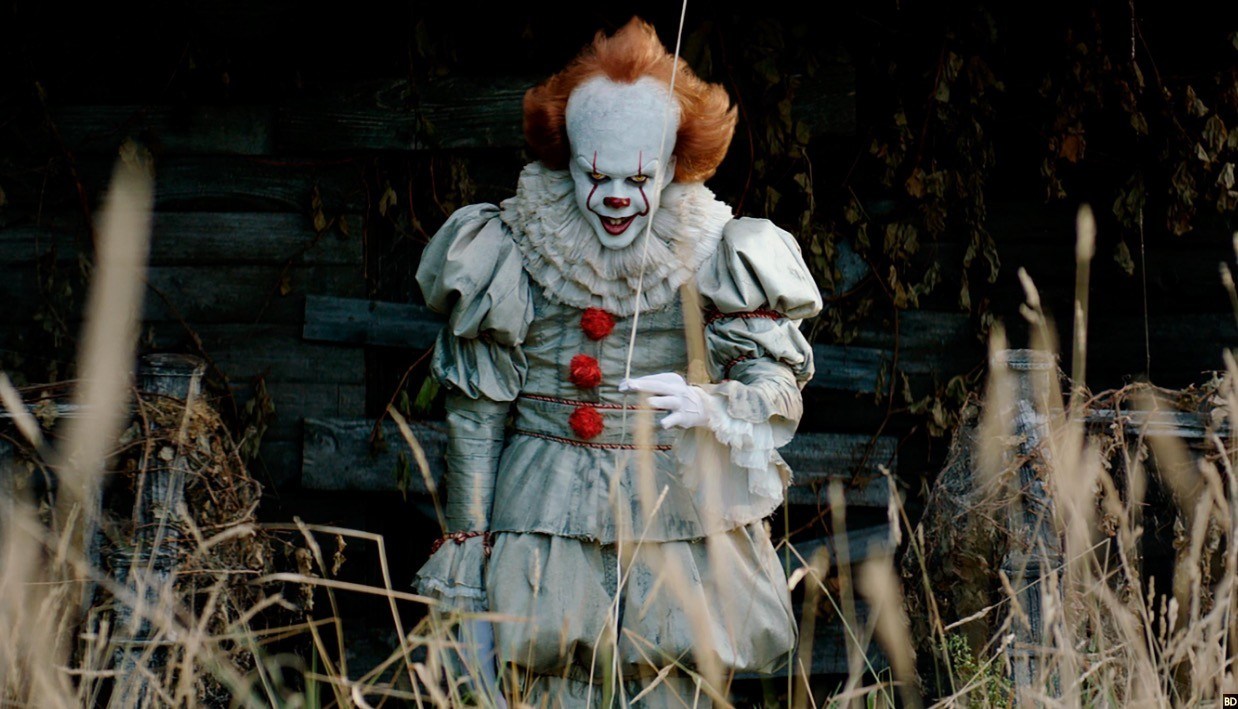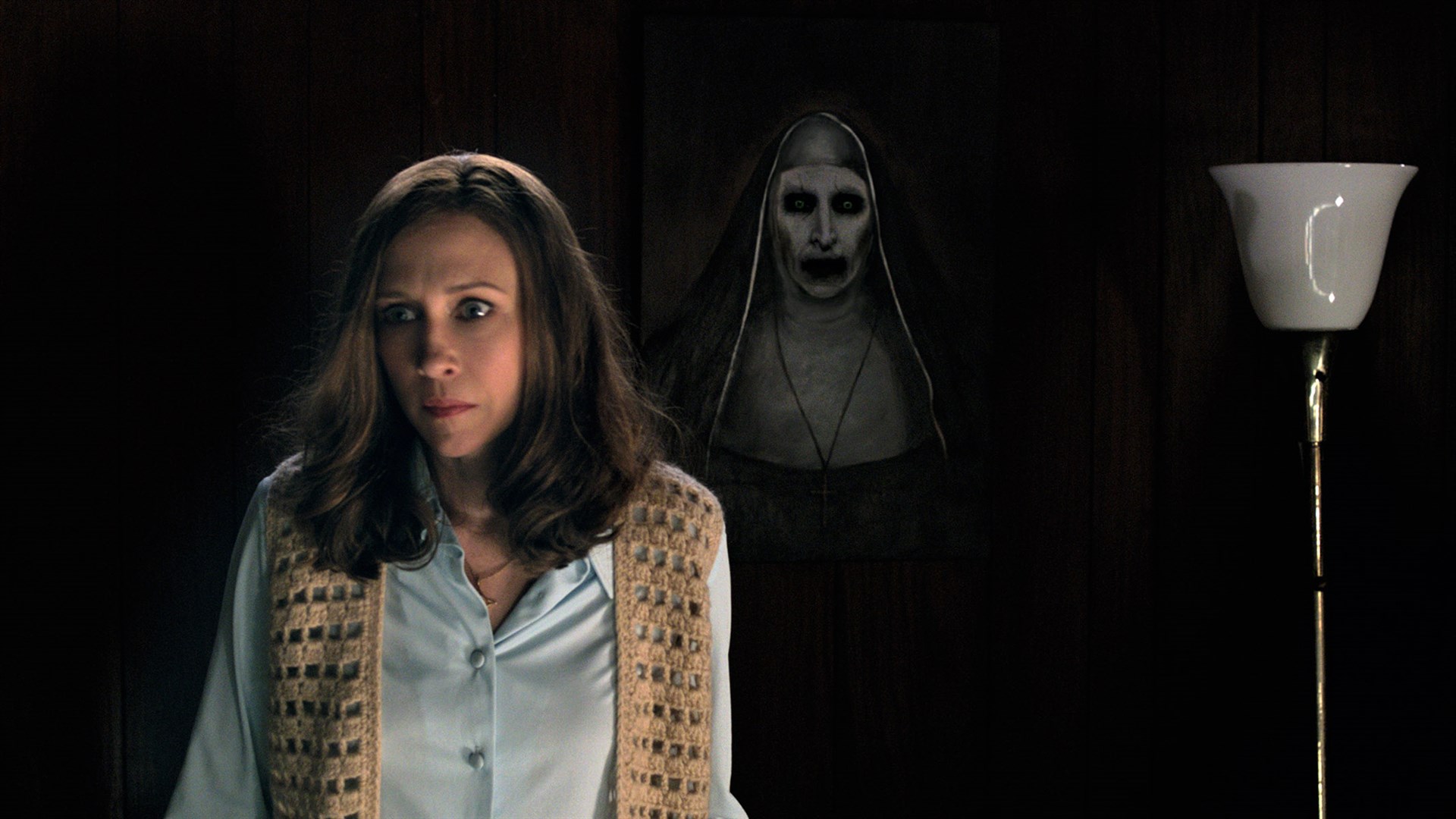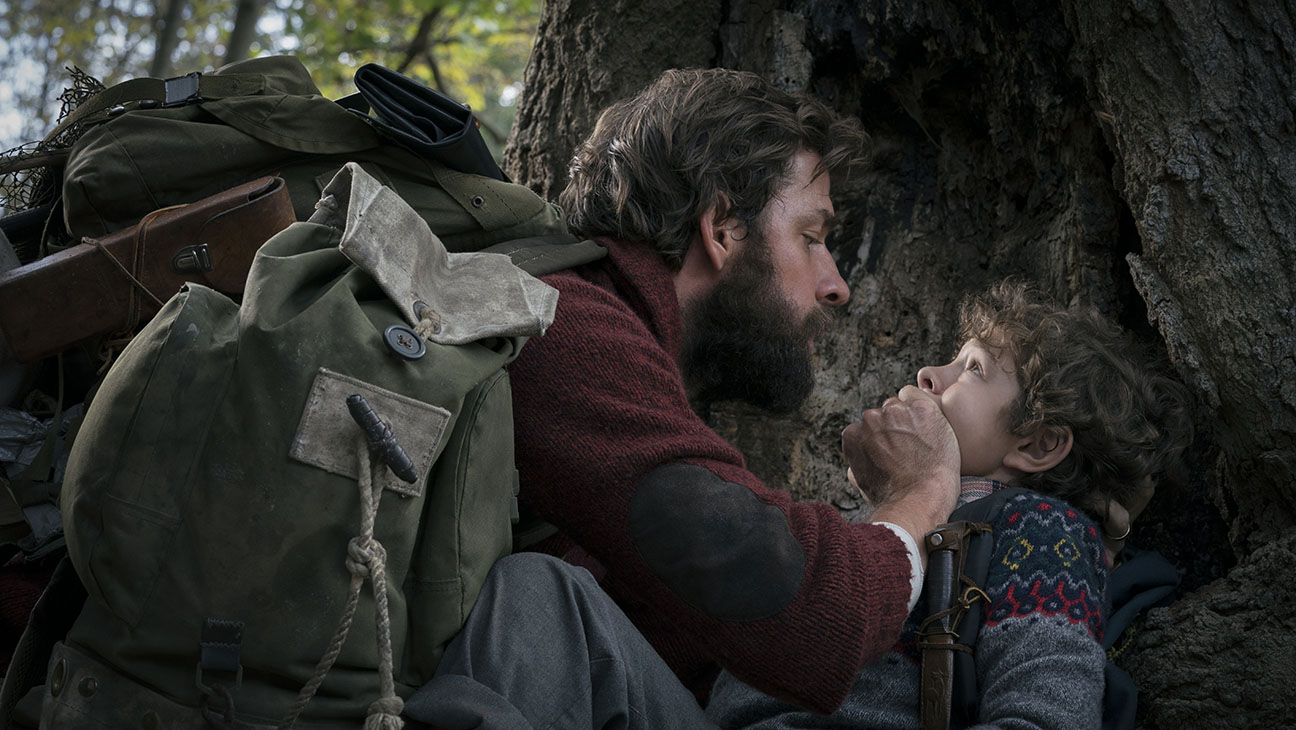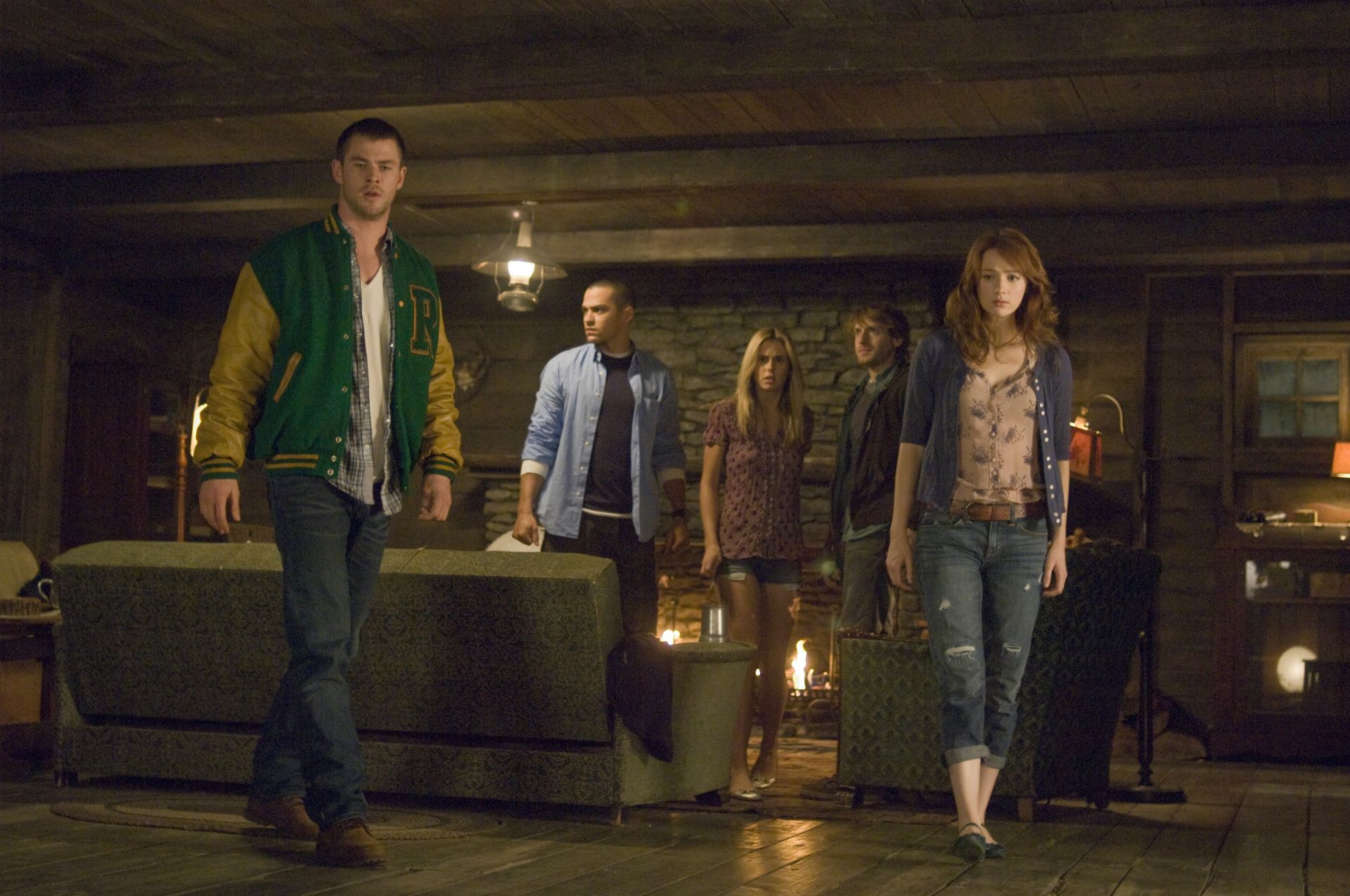And as much as I enjoy Blumhouse’s indie art-house endeavours and the occasional claustrophobic thriller, there are just some things a big budget can do to really connote the weight and gravity of the villain in a horror film. Let’s be honest, if It: Chapter One had worked on a shoestring budget with the monster plainly out of sight, it wouldn’t have been as effective as it was. We got to soak in Pennywise in all his monstrous glory, as he played everything from diseased leper to living painting to sexual predator. A bigger budget does allow a horror film to expand its methodological horizons from psychological terror to creature design to performance. So with It: Chapter Two hitting theaters, we figured that now would be a great time to discuss some of the greatest big-budget horror films of our decade. Right so to clarify what constitutes a “big-budget”, we’ll be using the information provided from horror flick aficionado site Where’s The Jump Scare. Based on their analysis, the average budget afforded to a horror film between 2015 to our present time is $13 million. Hence, we’ll be considering any film exceeding at least $18 million to qualify for this list. Cool? Cool.
5. Us (2019) – $20 million
Jordan Peele returns once again with yet another chilling piece of prophetic horror in the form of 2019’s Us. Though it is on the more modest end of this list, make no mistake, Us is a grand diatribe against the American Dream, commodity fetishism and socio-economic stratification. Think of it as a giant ornate funhouse mirror, not unlike the one in the film itself, revealing to us a distorted and warped parody of the nouveau riche and the vanity of their way of life. The revelation of humanity’s underprivileged doppelgangers tethered to their far more fortunate and wealthy counterpart is equal parts poignant and terrifying. That the soulless, murderous monsters we see on screen could have been any of us given the right, or rather wrong, conditions.
An allegory of such magnitude and ambition is the stuff the creators of The Purge could only dream off. Everything from the juxtaposition of a decadent wealth of summer houses to the sprawling dilapidated confines of where the dopplegangers feels lived in, as if it has history. A good part of this believability has to do with the production quality of the sets and environments. Something a smaller budget would struggle to connote potently. In comparison to Peele’s cinematic debut with Get Out, Us’ budget is easily five times larger than the previous film. There’s always the temptation to jump the gun and blow said budget on better effects or CGI shenanigans. Instead, Peele shows great restraint in mastering the resources given to him to ultimately tell a cautionary tale of the value of resource. And while the third act feels a tad convoluted, Us still deserves a spot on our list.
4. It: Chapter One (2017) – $35 million
We would be remiss if we failed to mention Stephen King’s It: Chapter One on here. I remember watching the original miniseries on DVD back in high school and thinking it the scariest thing on earth. Unfortunately, the series hasn’t aged well over the years but 2017’s modern incarnation of King’s horror classic is nothing short of brilliant. Earlier, we discussed how the film benefited from working within a relatively high budget of $35 million. Thankfully, director Andy Muschetti never uses the film’s Pennywise and special effects as a crutch or as a substitution for emotionally layered storytelling. They merely serve to augment the outstanding performance given by Bill Skarsgard’s Pennywise the Dancing Clown.
The relationship between Skarsgard’s portrayal and the impressive diversity of forms brought to life by effects are symbiosis at its very best! Without the man, we’d still get some pretty interesting scares. Without the amenities, Skarsgard is still one creepy-ass son of a bitch as Pennywise. Together, however, they have created a horror legend that people will be talking about years after its release. Immersion is imperative in creating a horror classic, and the world of Derry, Maine in the 1980s from the old school pop culture references to the clothing to the iconic American suburbs synonymous with childhood innocence is just so perfect. Like a dream that so quickly turns into a living nightmare. It: Chapter One is a shining light that cannot be diminished…not even by the shadow cast by its sequel.
3. The Conjuring 2 (2016) – $40 million
Much has been made of director James Wan’s franchise (or the Conjurverse as we like to call it). The horror equivalent of the Marvel Cinematic Universe (MCU). As far as we’re concerned, the horror film equivalent of The Avengers would no doubt be Wan’s The Conjuring 2. Based on the adventures of real-life demonologists and exorcists, Ed and Lorraine Warren, the film follows the pair as they go on a mission to investigate paranormal activities and do battle with the forces of evil. I mean that is pretty much what they’re doing.
By all means, The Conjuring 2 should be a pretty by the numbers haunted house affair. What sets the film above its peers is its innovative scares, improving on the work of its predecessor and doubling on the Warren’s mythology. Till this day, the painting scene in which Lorraine encounters the demonic nun, Valak gives me the willies. With a budget double the size of the first Conjuring, the second uses it to great effect to experiment with a variety of tactics. Moving away from mere misdirection and overused jumpscares, the film dips its toes into campy nightmare sequences with the Crooked Man, body horror with the possessed Janet and straight-up magic battles with Lorraine exorcising Valak. It could have easily been a jumbled mess but Wan’s vision of a secret spiritual realm encroaching upon the mundane and his commitment to fleshing out its mythos makes The Conjuring 2 a haunted house film of the highest calibre. If you haven’t had the chance to see it yet, I highly recommend you check out Wan’s Conjuring films and stay squarely away from the spin-offs, they’re more like the Thor: The Dark World or Iron Man 2 of the franchise.
2. A Quiet Place (2018) – $21 million
Sometimes a big-budget sci-fi horror film doesn’t necessarily need to tell a tale of monumental scope like Alien: Covenant. Sometimes, tales about otherworldly threats can be far more intimate affairs and that the worst terrors can come from the most unlikely of things. In this case, noise. Enter A Quiet Place, John Krasinki’s first horror debut telling the story of a world ravaged by sound detecting aliens capable of picking up audio from miles away.
In spite of the fact that the majority of the film takes place only in a hand few of locations, we still get the full extent of the tragedy and destruction these monsters have wrought upon the world. We see it all throughout the Abbott family’s relentless dedication to silence at all cost. Their fear and paranoia become our own and when we do finally confront these “Angels of Death”, we truly fathom the terror in its full glory. The creature design for these Angels are truly something else. They could have been giant blind dogs with big ear holes but the biomechanical touch added to the Angels here really sell us the idea of how alien these creatures are. Their entire head is essentially a 360° sonar device with chitin shells unfolding to reveal fleshy tissue. Next to the Xenomorphs, these guys are by far one of the most badass looking aliens out there. Krasinki nails it where it matters most with A Quiet Place, giving us one of the most innovative sci-fi horror films of the decade.
1. The Cabin in the Woods (2012) – $30 million
Drew Goddard and Joss Wheedon’s The Cabin in the Woods is a landmark in cinematic deconstruction of the horror genre. We’ve seen this movement take flight with films like 1996’s Scream and 2004’s Shaun of the Dead taking shots at slasher films and zombie flicks. The Cabin in the Woods ambitiously tackles everything…yes every single trope of the genre, throwing the entire kitchen sink at the screen. I’m talking monsters, werewolves, ghosts and elder gods thrown in for a great mix! Seriously, I’m hesitant to say any more about the film but at the time, Cabin was the best-kept secret out there. The trailer hinted nothing of its ambition and insanity hidden beneath the surface. It even goes after the whole “dumb kids” trope, it really is amazing!
The phrase “less is more” is often thrown around to imply that lesser elements and fewer characters lead to a tighter focus and greater clarity in executing a narrative. The Cabin in the Woods is a prime exception to the rule. Goddard and Wheedon’s love letter and roast to horror films everywhere is nothing short of phenomenal. Lovingly designed monsters, a script that’s irreverent and sardonic without ever being juvenile while at the same time gripping and suitably horrific. An excellent cast that’s just loving every minute of this gore-and-joke fest. Cabin is a horror-comedy that defies expectations, breaks the fourth wall and provides some much-needed commentary on the genre. Scary Movie takes note, this is how you do an intelligent parody of a genre.
